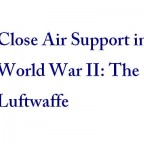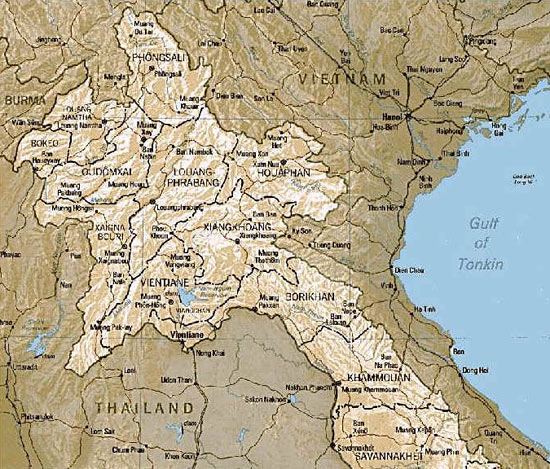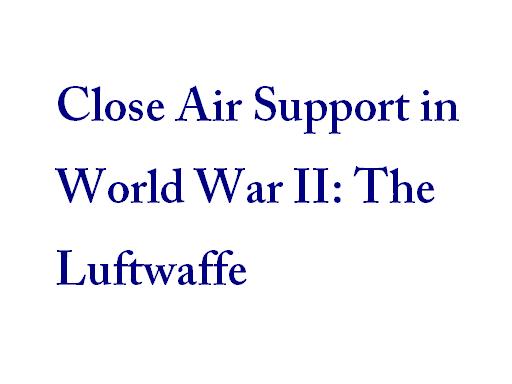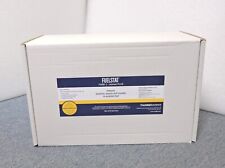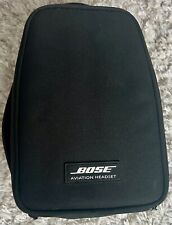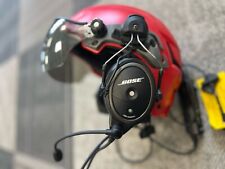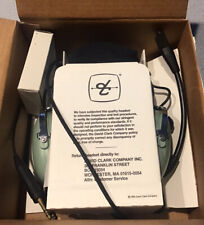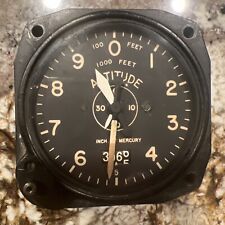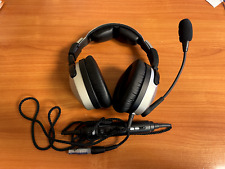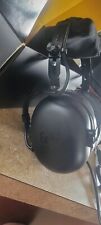Conclusion
Anyone studying the role of close air support in the German armed forces of WWII can’t help but walk away in awe at the size and scope of what was attempted. From their fledgling beginning to the stunning victories in Poland and France, to the massive Eastern Front, the Germans redefined the role that aircraft played in war. Many of the lessons learned by the Luftwaffe still ring true today, and other countries have, along the way, shown as much an ability to forget the lessons as the British, French, and Poles did in the war.
Success in CAS depends on a number of factors…the proper aircraft with properly trained crew being directed and coordinated by skilled observers, with the full support of the ground units they are supporting. When the Germans had that situation, their concept of attack potential of aircraft left their opponents reeling. When they forgot those components themselves, their crew suffered. It is fair to summarize the lessons in several points:
- CAS aircraft needed to operate under the cover of air superiority.
- Communication was vital. The German use of UHF revolutionized air to ground communication.
- Weather conditions needed to be favorable for the capabilities of the aircraft, especially the Stuka and its dive-bombing.
- Effective and target-appropriate weapons were needed. For example, cannon proved to be more effective against Soviet armor than conventional bombs.
- As with almost anything, there was a requirement for trained CAS personnel, ranging from pilots to UHF operators to military leadership knowledgeable about the role CAS could play in war
It’s ironic that in the end, the Germans were defeated in CAS and everything else by their lack of focus on the strategic Schwerpunkt, especially when that concept, tactically, was what made their CAS so successful. By bleeding their resources on numerous fronts, the Germans were never able to throw their full weight at one opponent and sustain it.
Any hope that their initial success would be ignored by the Allies also proved fruitless in the end. The Allies quickly recovered from their embarrassing initial humbling defeats at the hands of the Germans, and in the end, beat them at their own game. In 1944 and 1945, it was the Wehrmacht and the Luftwaffe on the run, never again to mount an offensive in significant numbers enough to change the outcome of the war. The most destructive war in history ended with, among many other lessons, the concept that airpower can have a devastating effect on the enemy when used to its fullest potential. May we never have to learn or unlearn that lesson ever again.

